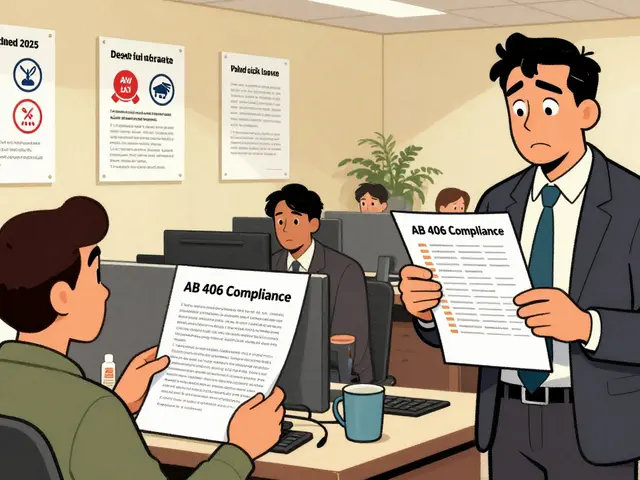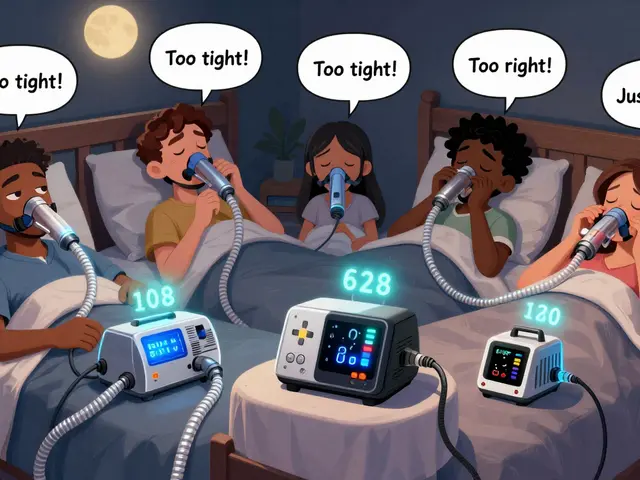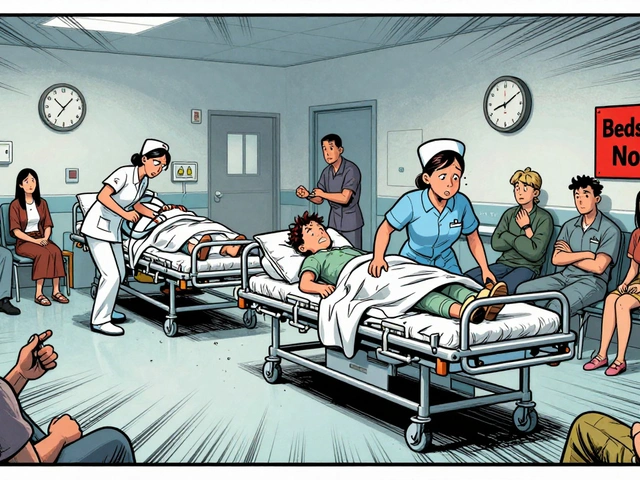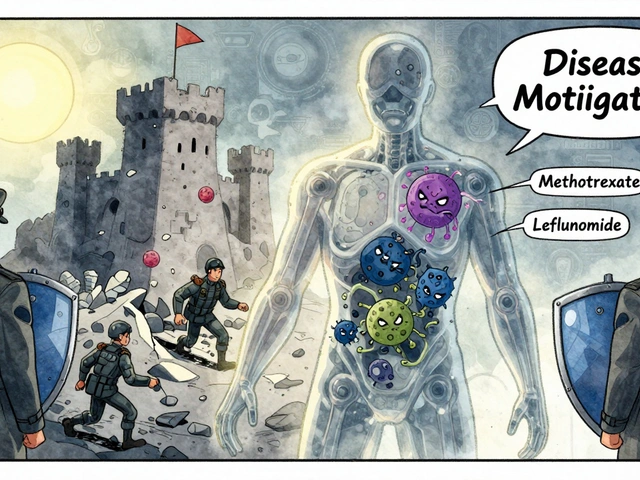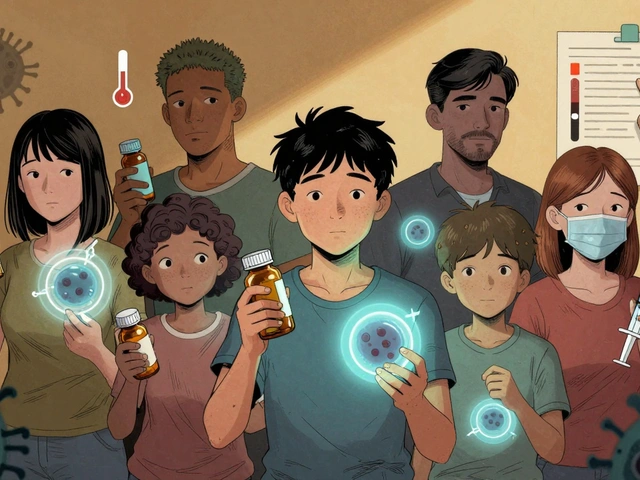Acne: Practical Guide to Clearer Skin
Acne pops up for a lot of reasons — hormones, clogged pores, and even some medicines. If you’re tired of guessing what works, this page gives clear, usable steps you can try today, whether you have a few pimples or persistent breakouts.
What causes acne and how to treat it
Acne starts when oil and dead skin block hair follicles. Bacteria join the mix and inflammation follows. Common triggers are hormonal changes (teen years, menstrual cycles), oily skin, tight clothing, and some meds. Genetics also plays a big role — if your parents had bad acne, you might too.
For mild cases, start with over-the-counter options: benzoyl peroxide to kill bacteria, salicylic acid to unclog pores, and topical retinoids to speed cell turnover. Use one active at a time so you can tell what helps. If OTC products make your skin dry or red, cut back to once a day or every other day.
Moderate to severe acne often needs a prescription. Antibiotics (topical or oral) reduce bacteria and inflammation. Hormonal treatments like combined birth control or spironolactone help when acne flares with cycles. For deep, cystic acne that scars, oral isotretinoin is the most effective option but requires medical supervision.
Quick daily routine that actually helps
Keep routines simple and consistent. Cleanse gently twice a day with a mild cleanser — aggressive scrubbing makes inflammation worse. Use a product with one active ingredient (benzoyl peroxide, salicylic acid, or a retinoid) and add a lightweight, non-comedogenic moisturizer. Always use sunscreen in the morning; some acne meds make skin more sun-sensitive.
Hands-off rule: don’t pick or pop. That raises the chance of scarring and infection. Instead, spot-treat with a small amount of benzoyl peroxide or a sulfur cream. If you wear makeup, choose non-comedogenic formulas and remove makeup before bed.
Small lifestyle moves help too: aim for steady sleep, manage stress, and watch high-glycemic foods (sugary snacks can worsen some people’s acne). If dairy seems linked to your breakouts, try reducing it for a few weeks to see if things improve.
If you’re buying meds online, pick pharmacies with clear contact info, require prescriptions for prescription-only drugs, and show third-party verification when possible. Avoid sites that sell powerful meds without any prescription.
Acne treatment takes time. Expect 6–12 weeks to see real improvement with most therapies. If pimples are painful, widespread, or leaving marks after a few months of consistent care, see a dermatologist. They can offer targeted treatments like chemical peels, steroid injections for cysts, or prescription meds that don’t work over the counter.
Want help picking products or deciding when to see a pro? Browse articles on this tag for product reviews, safe online pharmacy tips, and treatment comparisons to find what fits your skin and budget.

Accutane: Real Experiences, Side Effects, and Acne Treatment Success
Struggling with stubborn acne? This article digs into Accutane, exploring how it works, who might need it, and what to expect if you go on it. Experience real, relatable advice and facts you won't find on the pills' insert. You'll also get practical tips for managing side effects and making the most of your treatment, so you can move toward clearer skin with confidence.
View More
